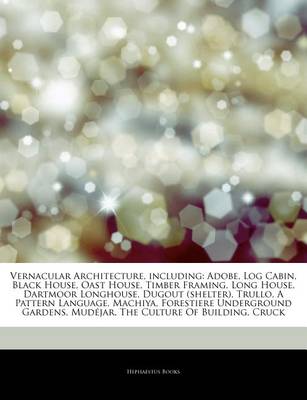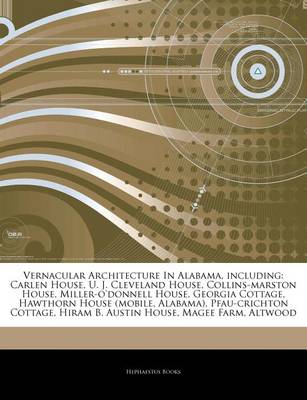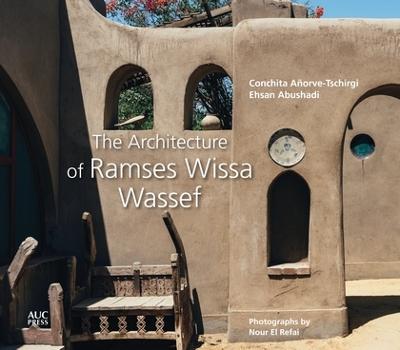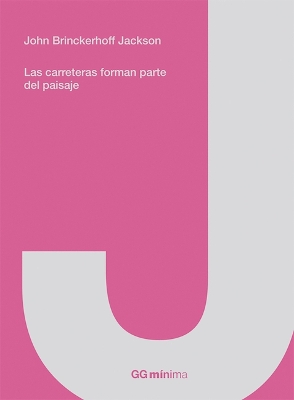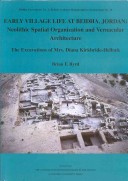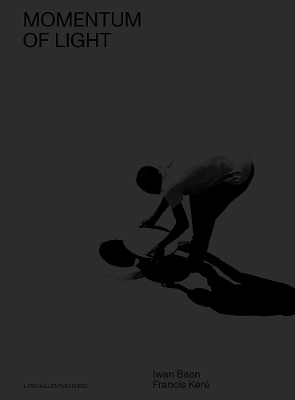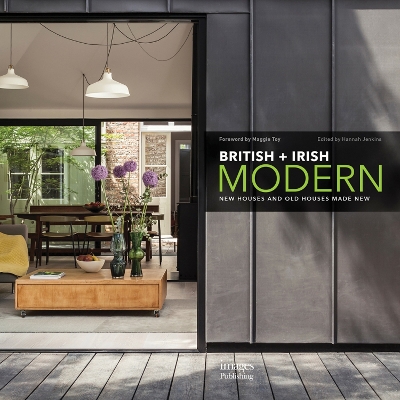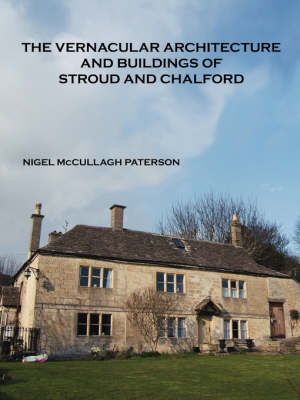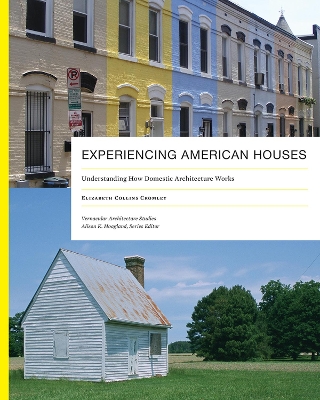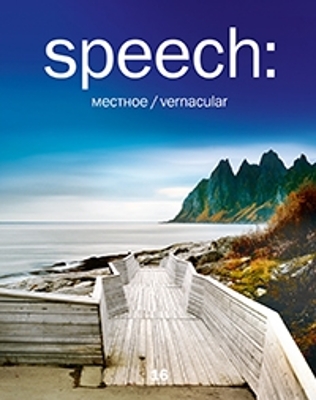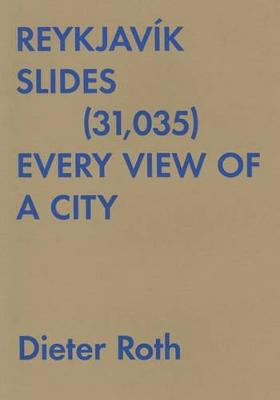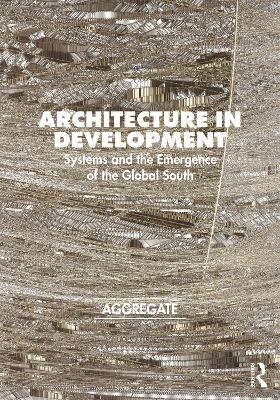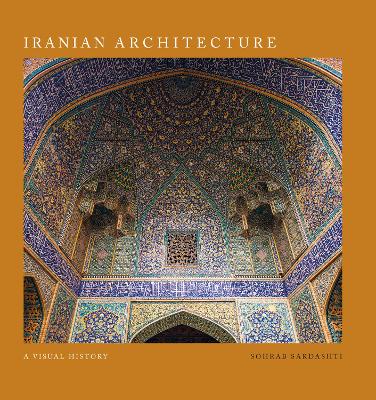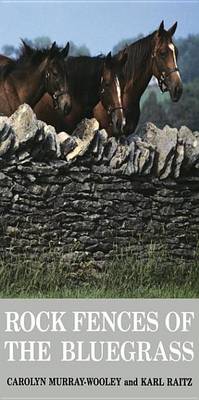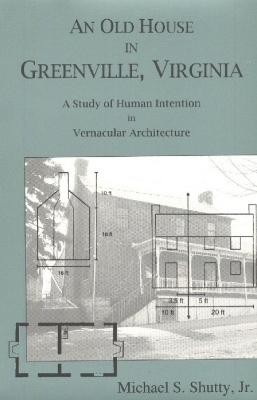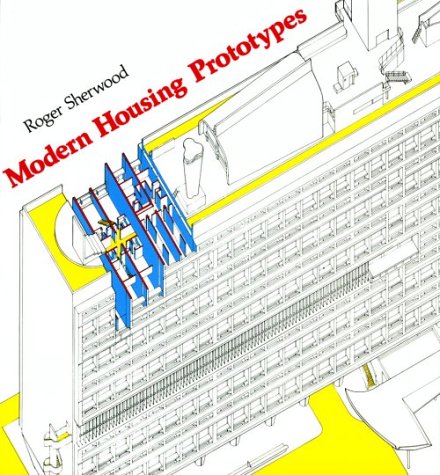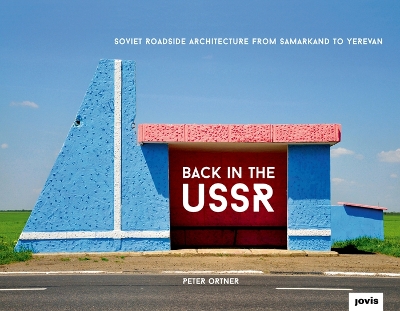Working in rural China is unlike other countryside: it is full of contradiction, neither rural nor urban, both traditional and modern, abandoned in some areas and yet others are becoming cities overnight. It is in fact a laboratory for new ways of living. And it has become our laboratory for new ways of making architecture. Whereas contemporary architecture since the advent of modernism has developed increasingly controlled, prototypical, and standardised mechanisms for building, our experiments...
The Architecture of Ramses Wissa Wassef
by Conchita Anorve-Tschirgi and Ehsan Abushadi
The pioneering Egyptian architect and teacher Ramses Wissa Wassef (1911-74) is best known for his founding in 1951 of the Ramses Wissa Wassef Art Centre in Harraniya, a small village near the Giza Pyramids in Greater Cairo. The center, internationally acclaimed for its tapestries and sculptures, began partly as an art school for young villagers, reflecting Wissa Wassef's aim of reviving traditional Egyptian architecture and crafts, and his belief in the innate creative power and potential of chi...
Early Village Life at Beidha, Jordan (British Academy Monographs in Archaeology, #14)
by Brian Byrd
Across the African continent, but especially in the sub-Saharan regions the light provided by the sun has a particularly stark quality, which becomes most apparent in relation to age-old buildings and in the way in which it shapes daily routines. Without relying on artificial light, architecture had to both make use of the sun light to create a light source within a building, yet also protect those living in the houses from the intensity of it. This has resulted in vernacular architecture that w...
Vernacular Architecture (Library of Ancient Chinese Architecture)
by Wang Qijun
Buildings & Landscapes 24.2 (Buildings and Landscapes)
House design in Britain and Ireland is guided by climate, landscape and local resources just as much as the centuries-old traditions that have influenced architectural shape and form. Today's best-known and emerging architects interpret their briefs with imaginative flair: they are transforming houses for the next generation of families by blending their renewed vigour for a local aesthetic with new materials and trends. Many of the new houses featured in British & Irish Modern reflect the ar...
The Vernacular Architecture and Buildings of Stroud and Chalford
by Nigel McCullagh Paterson
A well-illustrated, holistic overview of how American domestic spaces have changed over four hundred years, Experiencing American Houses encourages readers to think creatively about houses in terms of their function as opposed to their appearance. This captivating volume helps the reader step into the lived experience of the evolving American house: understanding, for example, why a nineteenth-century dining room might include a bed or why the kitchen as we know it did not evolve until the turn...
speech: 16vernacular
The 16th issue of speech: will centre on the theme of the 'vernacular'. It will focus on both the array of architectural traditions that prevail in a particular region, and the materials which brought, and continue to bring, these traditions to life. Vernacular architecture in its pure form, needless to say, remains in the past, however its spot-on precision in finding technologies and materials is once again extremely relevant - in the context of sustainable development requirements. Although p...
Francesco Borromini is one of the great geniuses of Baroque architecture, perhaps the greatest in inventiveness and in use of spatial effects. Here is the first book in English to survey the whole work of the master. The author, former Director of the Courtauld Institute of Art, is known internationally for his many works on French and Italian architecture and painting. In this lucid and fully illustrated account, Anthony Blunt charts Borromini's career and analyzes and assesses his art. Mr. Bl...
Architecture in Development
This extensive text investigates how architects, planners, and other related experts responded to the contexts and discourses of “development” after World War II. Development theory did not manifest itself in tracts of economic and political theory alone. It manifested itself in every sphere of expression where economic predicaments might be seen to impinge on cultural factors. Architecture appears in development discourse as a terrain between culture and economics, in that practitioners took on...
Iran, the former Persia, lies at an interface between West-East and North-South. Several early trade routes crossed the country, connecting Asia, Africa and Europe, and the cultural wealth and scenic beauty of this region has attracted travellers for over 2,000 years. This rich past makes Iran one of the most culturally interesting countries of Asia. The art of building has a special significance here. In contrast to other fields of knowledge, visual communication is particularly important in ar...
Gray rock fences built of ancient limestone are hallmarks of Kentucky's Bluegrass landscape. Why did Kentucky farmers turn to rock as fence-building material when most had earlier used hardwood rails? Who were the masons responsible for Kentucky's lovely rock fences and what are the different rock forms used in this region?In this generously illustrated book, Carolyn Murray-Wooley and Karl Raitz address those questions and explore the background of Kentucky's rock fences, the talent and skill of...
The design of housing has commanded the attention of the greatest architects of the twentieth century. In this stunning volume, Roger Sherwood presents thirty-two notable examples of multi-family housing from many countries and four continents, selected for their importance as prototypes. Designed by such masters as Frank Lloyd Wright, Le Corbusier, Mies van der Rohe, and Alvar Aalto, they range from single-house clusters to row-houses, terrace houses, party-wall and large-courtyard housing, to...
Back in the USSR: Soviet Roadside Architecture from Samarkand to Yerevan
Bus stops are normally mundane structures, standardized and replaceable and therefore scarcely paid any attention. However, on the country roads of the former Soviet republics there are many unexpected waiting zones-a wide-ranging panoply of socialist architecture. The photographer Peter Ortner shows a small selection of such bus stops in this book. The photographs were taken both in Central Asia and in Eastern Europe, from Uzbekistan to Armenia, and illuminate the imaginative variations on thi...
